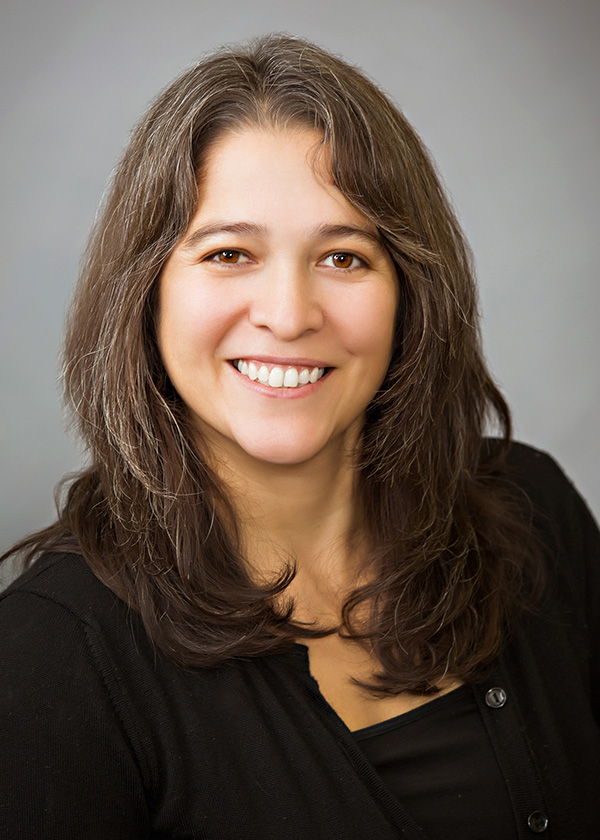
No matter how under-resourced or overwhelmed we become, we can’t lose sight of the fact that 6 million students are counting on us to prepare them for success in college, career and civic life. Even the incredible constraints we’ve faced these past nine months do not relieve us of this responsibility. And the reality is that, no matter how valid our explanations may be, the public is not in the mood for excuses.
CSBA will continue to advocate for local educational agencies at the Capitol, making the case for Full and Fair FundingSM and greater resources and flexibility to cope with the impact of COVID-19. At the local level, our duty is to govern in a way that inspires faith in our stakeholders and demonstrates we are responsible stewards that deserve additional investment at time when every dollar from the state budget is under scrutiny.
One of the most visible ways we can secure public trust in governance and underscore the value of additional funding is to be clear and transparent about student need, our strategies for meeting it and how we are allocating resources toward those goals. This is, in part, the purpose of the Local Control Funding Formula budget overview that districts are required to provide the state by Dec. 15, 2020. It’s also the core of the Learning Continuity and Attendance Plan process, the pandemic year replacement for the Local Control and Accountability Plan.
The Learning Continuity and Attendance Plan requires that LEAs take documented action to assist students who suffered learning loss as a result of school closures, while prioritizing low-income students, English learners, students with disabilities, and homeless and foster youth. LEAs are expected to document their efforts to support and monitor students’ mental health and well-being and their continued efforts to provide free and reduced-priced meals for eligible students. The Learning Continuity and Attendance Plan also places special emphasis on engagement and requires every LEA to develop a distance learning plan that “ensures pupils have access to a full curriculum of substantially similar quality regardless of the method of delivery,” and to use multiple languages to connect with parents of distance learners.
The goals of the Learning Continuity and Attendance Plan formalize what every governance team should strive for, regardless of state requirements: clear and consistent communication of values and strategic action that helps all students, especially those with the greatest need. We know the funding and support the state has provided is inadequate to achieve these objectives in full, but it is only through meticulous and accessible documentation that the public will also come to this conclusion and support more money for COVID relief and, ultimately, for Full and Fair Funding.
This is an incredibly difficult time for governance teams. All eyes are on us and pubic schools are under incredible scrutiny. Yet, within this crisis lies an opportunity — one we can’t let go to waste. We must take this time to demonstrate our competency. We must identify the most high-leverage means of serving students during a time of relative scarcity and highlighting that work for our constituents. I know this is happening all across our state. I’ve seen it myself and heard examples from every corner of California. It’s inspiring to witness the creativity and resolve from colleagues in districts large and small, urban, suburban and rural. It’s hard work, but it’s the most important work there is. Now, more than ever, students are depending on us.